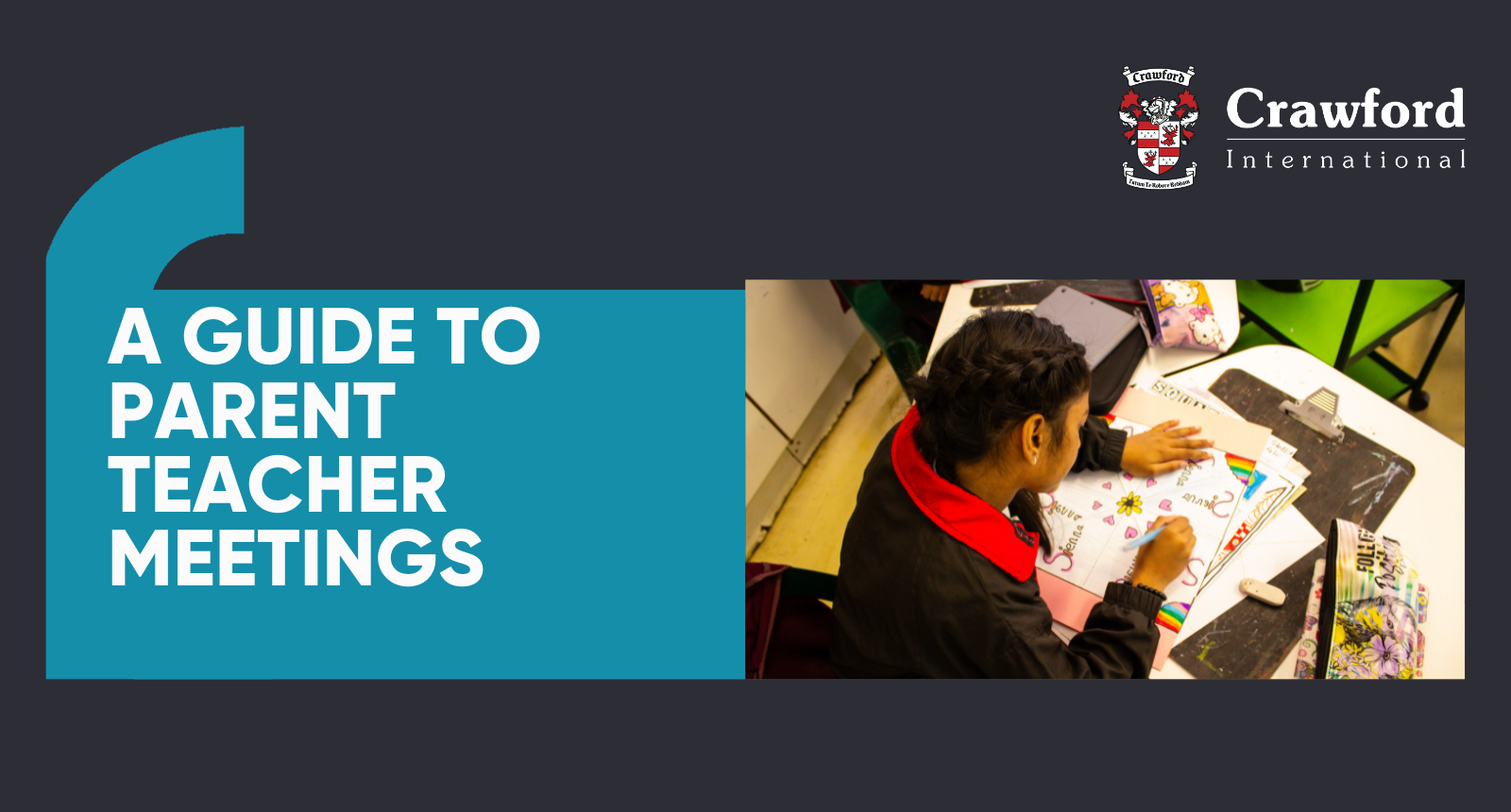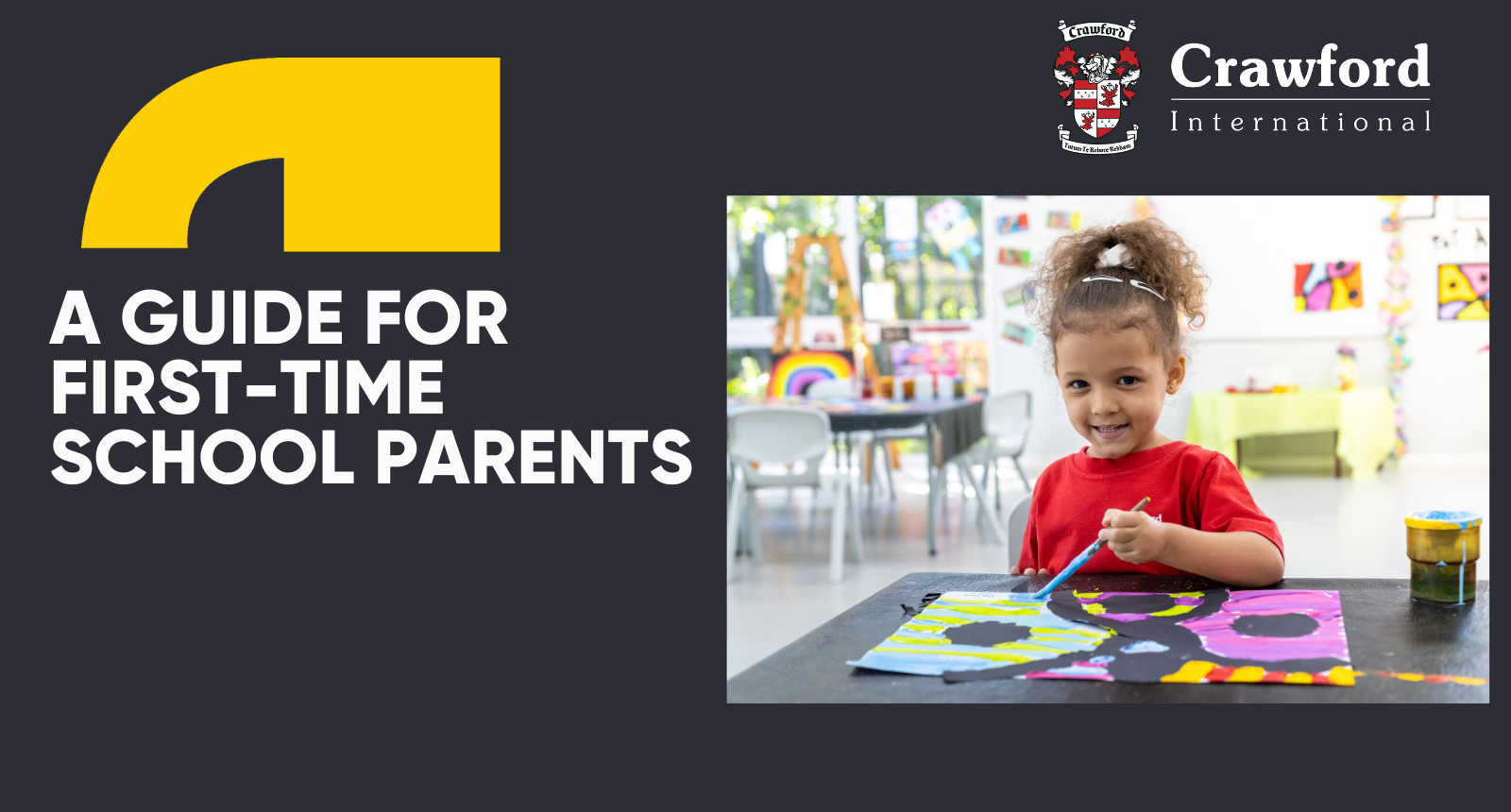What is construction play?
December 15, 2022
The importance and benefits of construction play, plus ways to encourage it.

Defining Construction Play:
While its name may have you reaching for the hard hat and caution tape, construction play is simply a term used to describe a type of play where your child uses different objects and materials to create something. For example, they build a tower using wooden blocks, enjoy playing with playdough, even draw a picture on paper. It’s often called manipulative play or constructive play too.
This is a stage of play where children are really exploring their worlds in hands-on applications, using their curiosity and imaginations in new ways, and intentionally engaging with different materials and objects, manipulating them to make – or construct – something.
This usually starts around two years of age but continues well into the schooling years – and it develops in complexity as your child grows. A two-year-old’s block tower will be quite simple and could barely even resemble anything close to a building, whereas a six-year-old’s tower would look more like a building and could even have different rooms or a complex layout. The focus in construction play isn’t on the result though. It’s really about the process of intentionally creating something. And sometimes the purpose of building a block tower is just to knock it down and see what happens.
What’s more, construction play often leads to pretend play, where those ideas and creations come to life through acting out different scenarios. It’s an open-ended and
What are the benefits of construction play?
Your child’s imagination comes to the fore here, and construction play has so many more benefits in early childhood:
- Creativity, imagination & curiosity – These are sparked when your child has an idea, explores objects and materials that can be used, and then finds a way to bring that idea to life through their creations.
- Fine motor skills – In and of itself, building and crafting engage the small muscles in your child’s forearms, wrist, hands, and fingers. Their hand-eye coordination gets a boost too.
- Mathematics & science – In exploring, analysing, and creating things, your child learns about shapes, sizes, counting, even symmetry. They’re also learning concepts like cause and effect, gravity, balance, and more.
- Self-esteem – They’re in charge of their worlds in construction play, and when they do accomplish the goals, they set out for themselves they feel a sense of accomplishment.
- Problem-solving – As mentioned, the process is key here, which means that your child needs to figure out ways around curveballs and troubleshoot as they go.
- Language – Exploring new things and ways also gives lots of opportunity to learn new words. There is also an aspect of having to follow some instructions in constructive play (think of how to build a Lego set), and this engages your child’s language skills too.
- Comprehension of the world – All of this adds up to a deeper understanding of how the world, and the things that are in, it works. It also gives them a sense of where they fit in in that world.
Ways to encourage construction play
The best way to get your child exploring constructive play is to provide the opportunity and tools for it. Here are some ideas:
- Make sure your child has a few toys that encourage hands-on construction play. Things like wooden blocks, Lego or Duplo, a sandpit, paints or crayons and paper, scissors, and glue, etc. are great. You could also investigate model building sets as your child grows older.
- Think of keeping some crafty materials at hand too. Fabric squares, felt, wool, string, ribbons, marbles, pipe cleaners. It’s an endless world of possibility. It’s also fun to use found materials (sticks, stones, leaves) to create things with – these really require oodles of imagination!
- Keep it open-ended and follow your child’s lead. This is all about engaging that imagination, so give some freedom to explore. It’s not really a big deal if they don’t want to follow your “plan”, so let them go with what interest them and sets that curiosity off.
- Let your child try to figure out problems for themselves instead of rushing to fix it for them. They’re supposed to explore during construction play, which ultimately helps them develop skills and knowledge all by themselves.
Now, it’s time to get building! This phase of play also gives you lots of opportunity to get down and dirty with your child, creating right there with them, and enjoying seeing how their minds work and how they’re learning.
Read more informative Crawford International blog articles here.












